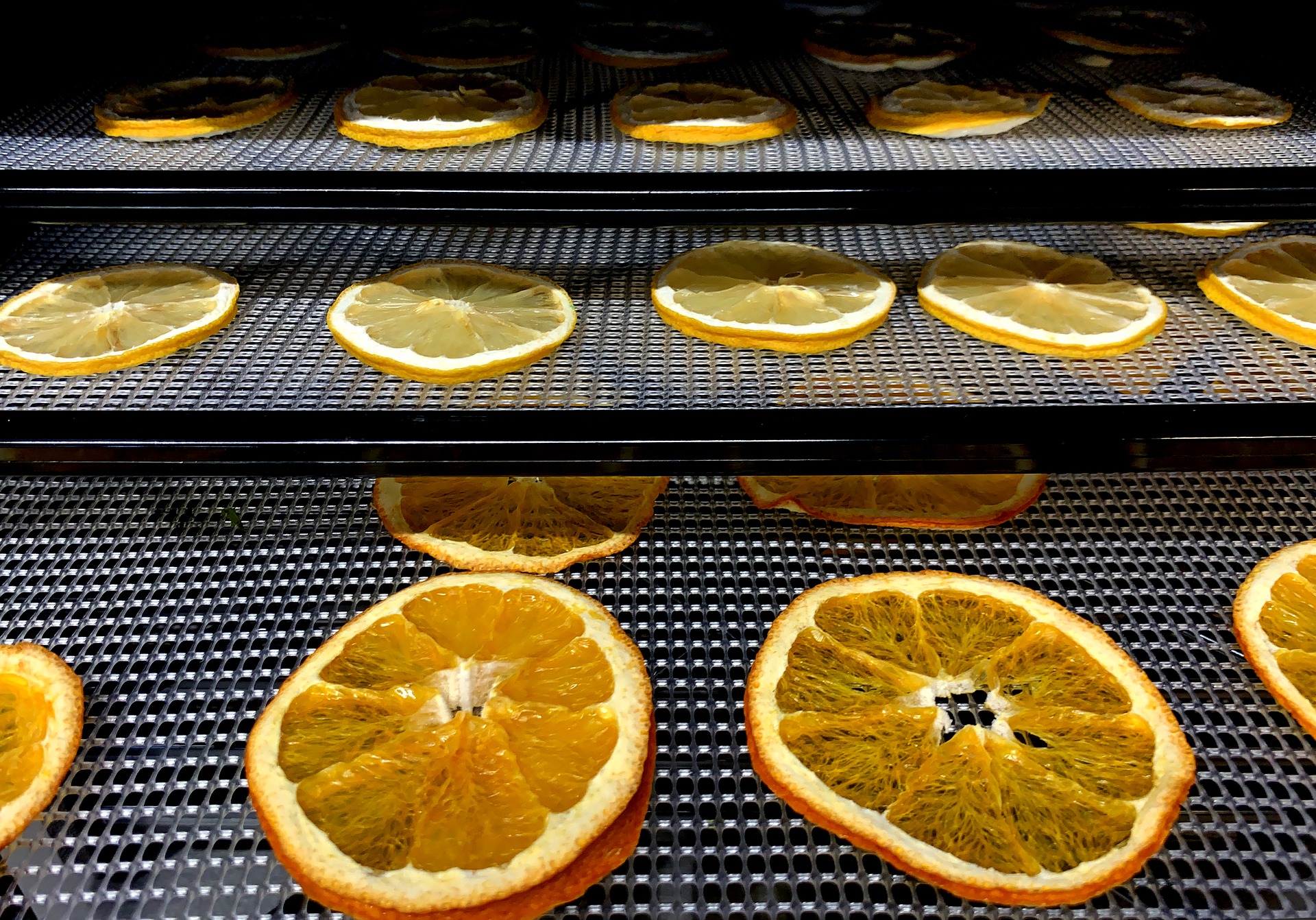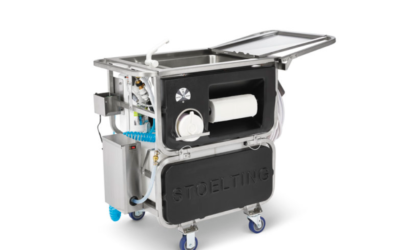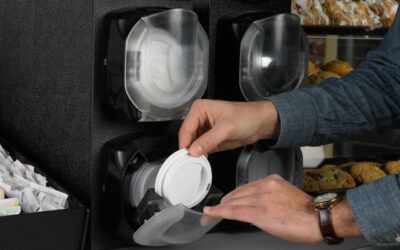Equipping a kitchen can be one of the most important things when creating a restaurant. Knowing what you plan to serve and your menu will help you decide what you will need in your kitchen, both equipment, and appliances. Most kitchen setups are solidified long after a restaurant opens. However, adding new equipment and appliances can allow for menu expansion. And at this point in time, being diverse and offering different things will help your restaurant succeed.
A new, smaller piece of equipment to consider adding to your kitchen is a food dehydrator. Investing in a food dehydrator may seem foolish at the surface level, but it can benefit your kitchen and operation in different ways.
What is a Food Dehydrator?
A food dehydrator is exactly what it sounds like, it dehydrates food. In other words, it absorbs moisture and water from food. For example, you can dehydrate fruit slices by putting them on a rack in the dehydrator and let it circulate the air slowly, pulling the moisture from the food. Most of the time this process takes a bit of time, as it’s a slow process.
Food dehydrators like the Waring Commercial™ 10 Tray Dehydrator have a lot of racks in it. This allows you to dry different kinds of foods at the same time. Such as apple or mango slices. Beef jerky can also be made with a dehydrator.
It also has a large capacity. Allowing for more food to be dehydrated simultaneously. However, some food dehydrates at different rates and temperatures. So be sure to carefully monitor food in the dehydrator and don’t pair foods that need to be at different temperatures.
These dehydrators are built specifically for commercial kitchens. They are small and energy efficient. Plus it frees up space to use the oven for other foods.
Benefits of Dehydrated Foods
Dehydrated foods have benefits for the restaurant guest and the restaurant owner. Offering dehydrated food options allows for a more expansive menu as well.
According to the Natural Resources Defense Council, U.S. restaurants generate between 22 and 33 billion pounds of food waste a year! A lot of this is wasted without ever reaching the consumer. Utilizing a food dehydrator can help cut down on this waste.
Restaurants can dry and preserve excess food and use them in different ways. Like offering small portioned healthy snacks. And since dried food has a longer shelf life than fresh produce, restaurants can buy in bulk and not worry about wasting food or having too much excess. This will also help food establishments save money by using everything that is purchased.
Another benefit of having dried foods is easy storage. Dried foods take up a lot less space and can be easily stored in a pantry or other closet. The food doesn’t require much attention, but should be dated before storing. With minimal space used to store the dried food, it opens up space for other fresh produce, meat, diary, etc.
As a restaurant guest, dried foods can provide a nutritious substitute for unhealthy side dishes. Dehydrating the food helps preserve the natural nutrients and doesn’t lose the flavor. Making it easy to use as either a snack, or in other recipes like stew. They can even be used to make fruit leather for goodies that consumers can take home.
Drying food may not have been a process that you thought of before, but it should be now. Especially since it can benefit both the restaurant-goers and the restaurant owners.
Finding the Right Dehydrator
Now that it’s known a food dehydrator can be a useful piece of equipment for restaurants, we can look at what features to consider when buying one. Many of the features and things to consider will depend on the size of the operation and the food offerings.
An important factor to consider is the wattage of the dehydrator. Higher wattage means the unit will heat up faster but use more power to do so. A lower wattage unit will use less energy and power, but take longer to heat up.
Capacity should also be considered when choosing a dehydrator. If your operation is larger and serves a lot of people in one day, it would be smarter to choose a dehydrator with a bigger capacity. Then there is room to dry a lot of food at once. Stackable units provide a lot of capacity without taking up a lot of space. These are especially ideal for smaller kitchens with less floor and counter space because they can be stacked on top of each other.
A smaller feature, but equally important, is the type of timer a dehydrator has. Dehydrators can come with a traditional on or off switch. Or they can come with automatic timers that shut off after a period of time. This allows for you to set the dehydrator and walk away, knowing that it will shut off and not over dry the food.
Wrapping Up
As stated, a food dehydrator is a useful piece of equipment that most restaurants can benefit from utilizing. It can help you expand your menu, save money and waste, and the food is still healthy!
If you need help deciding on the right dehydrator for your food operation, give us a call!





0 Comments